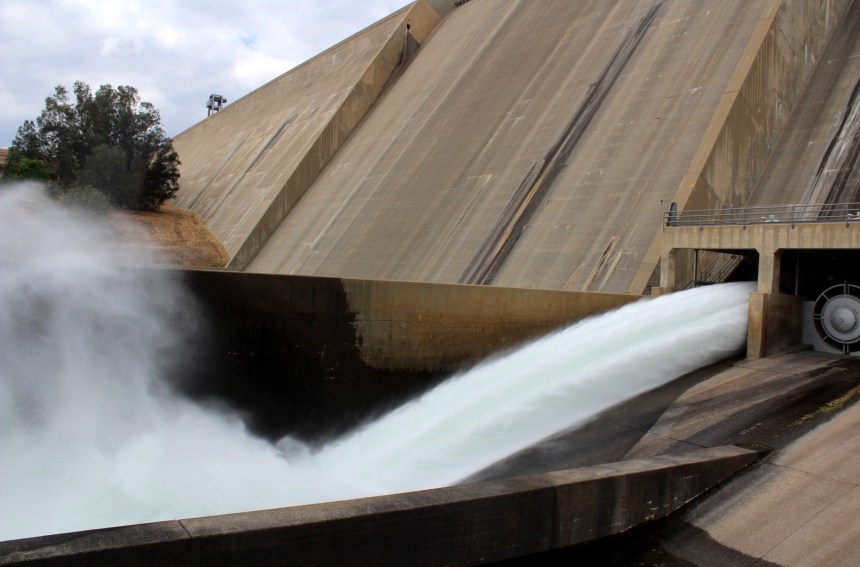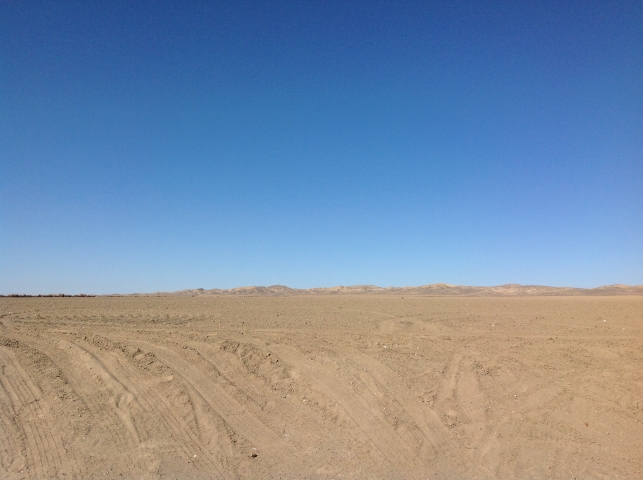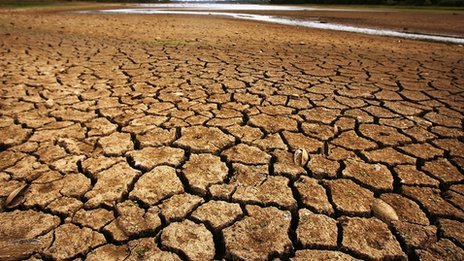Clean Water Act: Farm Bureau Takes Its Case to Head of EPA
Source: Christine Souza; Ag Alert
As momentum builds encouraging federal agencies to abandon a proposal to expand their enforcement authority under the Clean Water Act, California Farm Bureau Federation leaders met with the head of the U.S. Environmental Protection Agency, urging her to see firsthand the impact the proposal would have on family farmers and ranchers.
During an annual federal policy trip to Washington, D.C., last week, a Farm Bureau delegation met with EPA Administrator Gina McCarthy, whose agency—along with the U.S. Army Corps of Engineers—proposed the rule changes last month.
The proposal would expand the definition of the term “waters of the United States” under the Clean Water Act, potentially allowing EPA and the Corps to regulate virtually every area of ground that gets wet or has flow during rainfall.
The change would expand regulatory authority to many land features including puddles, ponds, ditches, temporary and small wetlands, giving the agencies the power to regulate and potentially prohibit land-use and farming practices in or near them.
During her meeting with the Farm Bureau delegation, McCarthy said she is interested in understanding the concerns of agriculture and that she would like to maintain an open dialogue with those who would be affected by the proposed rule.
CFBF President Paul Wenger suggested to McCarthy that EPA officials take time to tour California farms and ranches, perhaps tying in the visits with a planned EPA outreach meeting on the proposed rule, tentatively scheduled for mid-July in Berkeley.
“We think it’s critical that people from the EPA see for themselves how this rule could hamstring routine farming and ranching activities,” Wenger said after the meeting. “We appreciate Administrator McCarthy taking the time to visit with us in Washington to hear directly from people who would be affected by the rule, and having EPA officials visit farms and ranches would provide them with information that no amount of written or verbal comments could provide.”
Aimee Meidinger, operations manager of Brokaw Nursery in Ventura, said the expanded definition of waters of the U.S. “could affect our ability and decisions to farm on my family’s avocado orchard. The definition of navigable waters is being changed to encompass almost all areas where water settles, regardless if they are seasonally wet or not.”
Farmers in California are very proactive in working with the current Clean Water Act regulations, Meidinger said, through use of irrigated-lands groups, surface and groundwater monitoring, pesticide use reporting and continuing education.
“We are good stewards of the land,” Meidinger said. “This proposal cannot be a one-size-fits-all national policy.”








 Westlands Water District General Manager Thomas Birmingham issued the following statement on the drought bill passage:
Westlands Water District General Manager Thomas Birmingham issued the following statement on the drought bill passage:















